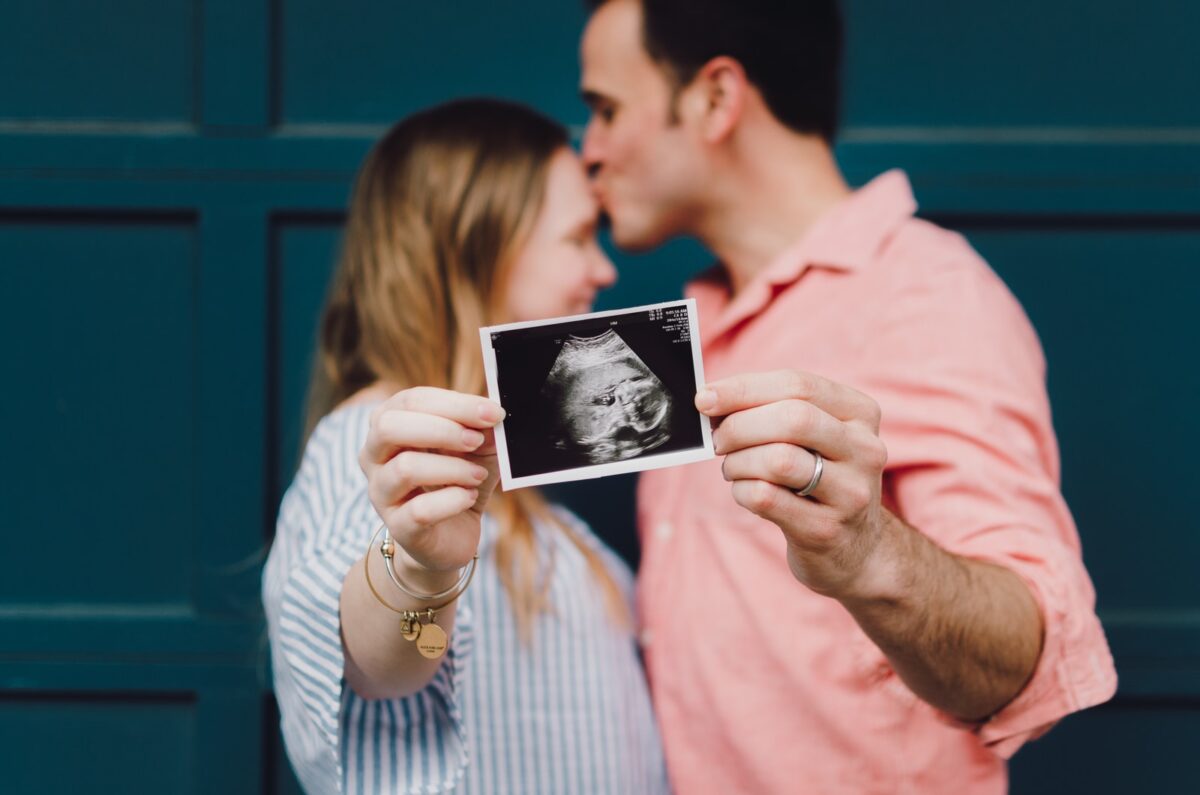Bebe Uthman
During the last two years, our country has put a huge social and economic value on the human life of each individual. There are, of course, arguments that there has been a social/human cost through the mental challenges of lockdowns and fear as well as delayed diagnoses and treatments.
It is now 30 years since our first child was born. At the time I researched avidly about development in the womb and have carried a sense of wonder for it ever since. The Psalmists knew a thing or two thousands of years ago:
For you created my inmost being; you knit me together in my mother’s womb. I praise you because I am fearfully and wonderfully made; your works are wonderful, I know that full well. (Psalm 149)
C S Lewis also came to understand the value of each human:
There are no ordinary people. You have never talked to a mere mortal. Nations, cultures, arts, civilizations – these are mortal, and their life is to ours as the life of a gnat. But it is immortals whom we joke with, work with, marry, snub and exploit.
I figure that our knowledge of the unborn must have developed over the last 30 years so had a bit of a dig when grandchildren were on the way.
This was the best summary I could find online:
Development of the baby
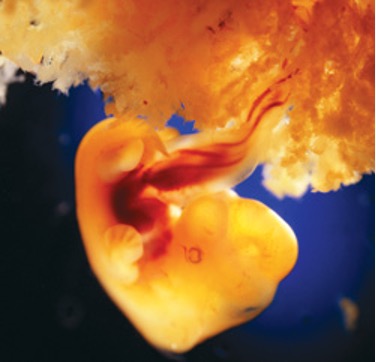
At five weeks, the embryo’s heart begins to beat, although it cannot yet be heard during a medical exam.
At six weeks, the embryo measures five mm.
At seven weeks, the embryo’s head is much bigger than the rest of its body. Its arms begin to form as the elbows and hands appear. The fingers are still fused together. The eyes are now quite visible.
At 10 weeks, the embryo already has a human appearance: its eyes, nose and mouth are recognizable. Its eyelids are closed. The fingers have now separated and the toes are beginning to form. Your baby begins to move his limbs, but you won’t feel any movement yet.

He has now progressed from embryo to fetus: all the body parts are in place but are not yet fully formed. They will continue to grow and develop throughout the pregnancy.
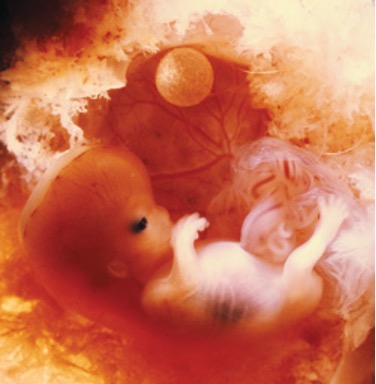
Between 10 and 14 weeks, the fetus gets bigger and the skeletal bones begin to form.
At 14 weeks, the fetus measures around 8.5 cm. Your baby’s genitals, while not yet fully formed, are developed enough to reveal whether it’s a boy or a girl. Usually, you can find out the sex of your baby between 16 and 18 weeks when an ultrasound is performed.
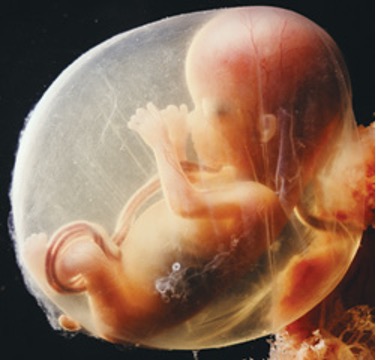
At 16 weeks, the baby’s head is still disproportionately large compared to the rest of his body, but his trunk, arms and legs are beginning to lengthen.
Around 20 weeks, your uterus is level with your belly button. Your baby’s movements are now strong enough that you can feel them. Some women feel these movements a little earlier or a little later in their pregnancy. Your baby is coated in a whitish cream known as vernix caseosa, which protects his skin.
At 22 weeks, your baby measures around 19 cm. His hair begins to grow, and his body is covered in a fine downy fuzz known as lanugo.
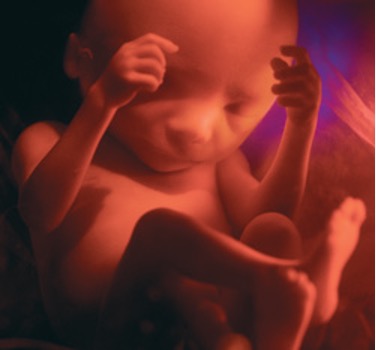
Between 23 and 27 weeks, your baby puts on weight and his head becomes better proportioned to his body.
At 24 weeks, he can hear low-frequency sounds from outside the uterus.
Around 26 weeks, his eyebrows and eyelashes are visible.
Around 28 weeks, your baby’s eyes begin to open. They will become sensitive to light at around 32 weeks.
Third trimester: from 29 weeks to birth
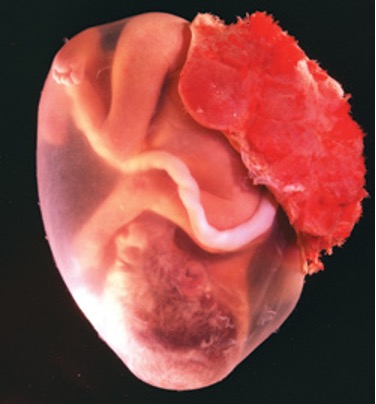
At 30 weeks, your baby measures around 28 cm.
At 36 weeks, your baby’s skin is pinkish, and the downy hair on his body begins to disappear, although it can remain until after the birth. Your baby is bigger because of the fat reserves he is building up.
Between 37 and 41 weeks, he’s ready for the big day!
This is a beautiful set of week-by-week pictures: https://www.babycenter.com/pregnancy/your-baby/fetal-development-week-by-week_10406730
Another picture set is on here: https://www.webmd.com/baby/ss/slideshow-fetal-development
This video is recent and extraordinary:
Brief version from National Geographic:
This incredible 60 Minutes clip tells of the intra-utero operation to remove a deadly tumour:

